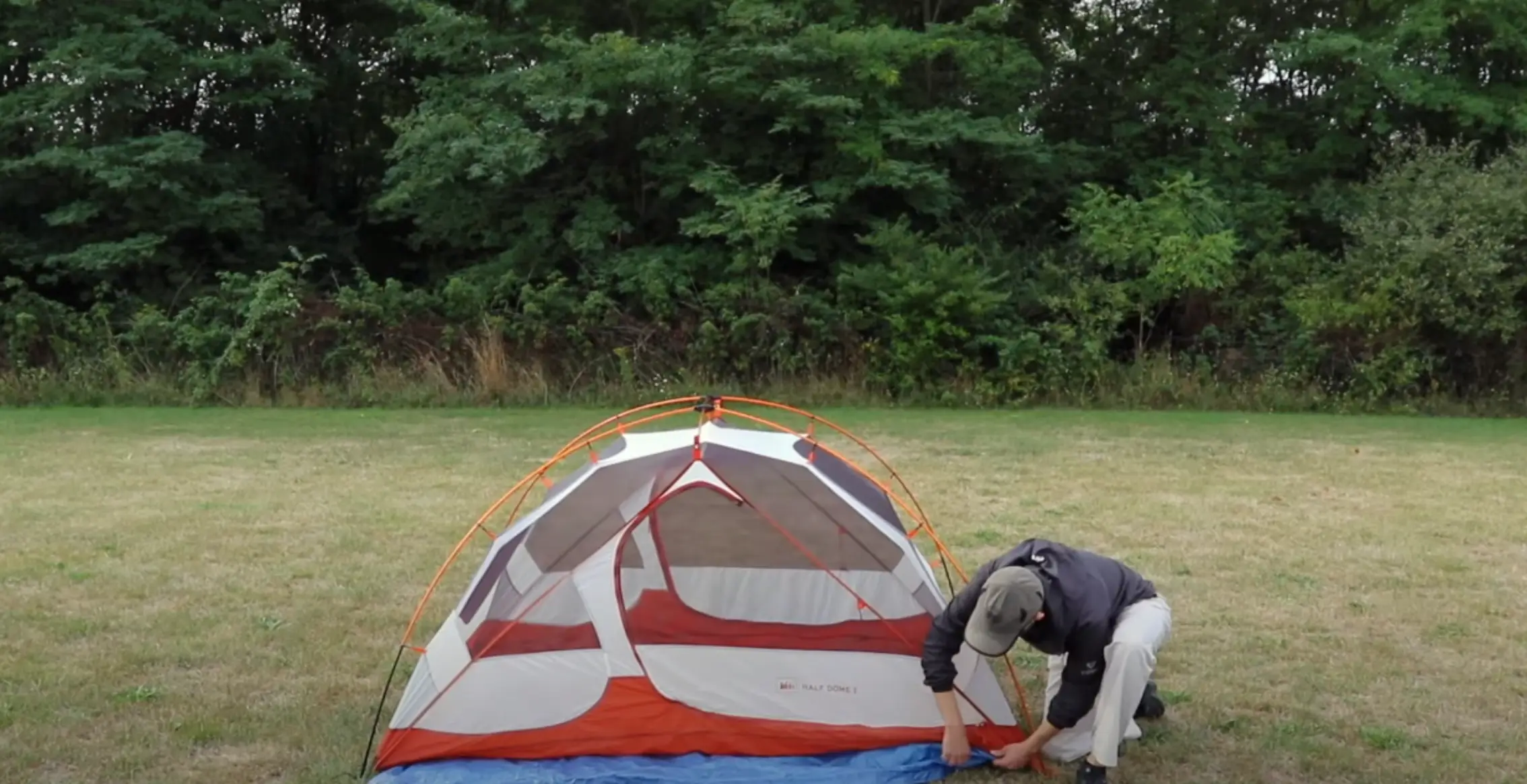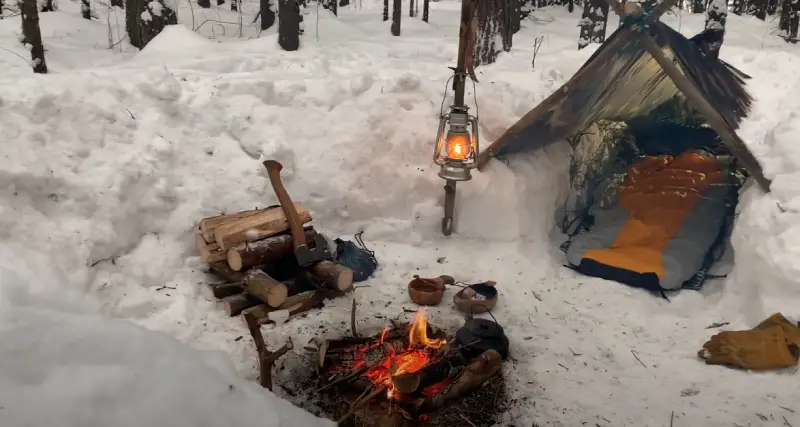How To Put A Tarp Under A Tent: 8 Methods [Easy DIY]
I had to choose the right size and material for the tarp I placed under my tent. A tarp that was too small left the edges of my tent exposed to moisture and other harmful elements.
Too large a tarp allowed water to pool under my tent, which could have caused severe damage. Choosing a suitable material for my tarp was also essential. I used a heavy-duty waterproof tarp to ensure maximum protection.
I first selected a tarp of the right size and material to put a tarp under a tent. Then, I laid it on a flat and even surface beneath my tent. I secured the tarp firmly, using stakes to ensure it stayed in place.
I will share my experiences about whether you should put a tarp under your tent, why I had put a tarp under my tent, and ways and tricks for successful tent camping with a tarp over your tent.
How To Put a Tarp Under a Tent: 8 Easy Methods
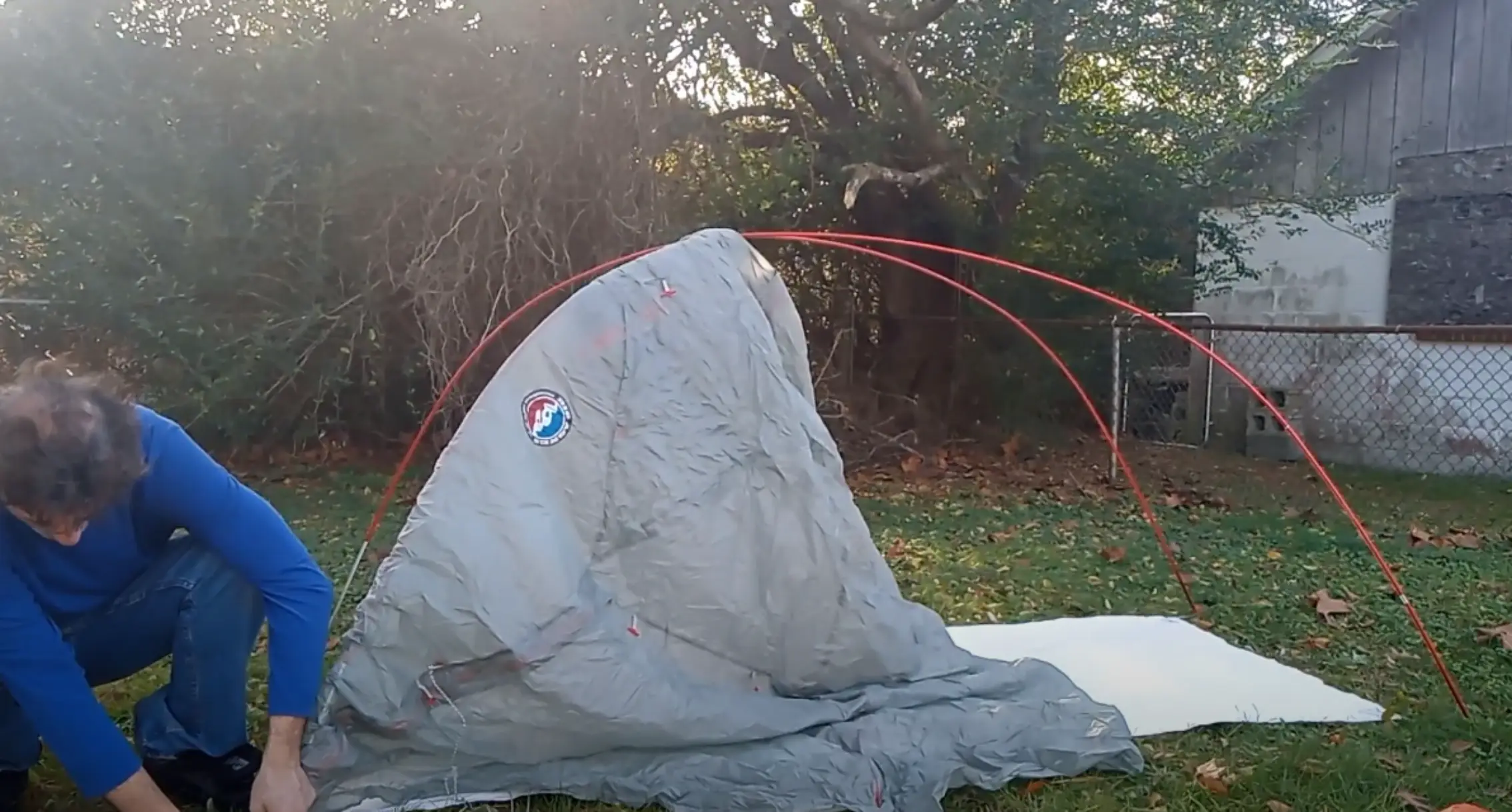
As a seasoned camper, I know the importance of having a well-placed tarp under your tent. However, properly setting up a tarp can be daunting, especially for beginners. On your camping trip, I’ll show you how to put a tarp underneath a tent to stay dry and comfortable.
- Choose the Right Tarp: I ensured it was the right size for my tent before buying it. Ideally, my tarp was 6-12 inches longer and wider than my tent. The tarp was also made of durable materials, such as heavy-duty polyethylene or nylon.
- Secure the Corners of the Tarp: Once I had laid the tarp under my tent, I secured each corner using a stake or a large rock. This prevented the tarp from shifting or sliding around under my tent.
- Weigh Down the Edges of The Tarp: To keep the edges from flapping in the wind, I placed heavy objects (such as rocks or logs) along the tarp’s edge. I ensured these objects did not extend past the tarp’s edge, as this could create a tripping hazard.
- Put A Rope Around the Tarp: After weighing the ends of the tarp, I tied a rope around the tarp (at the same level as the edge of the tent). This further secured the tarp and prevented water from pooling on the tarp surface.
- Use Tent Stakes To Secure the Tarp: Besides securing the tarp’s corners, I used stakes along the edges of the tent. I placed a stake every 2-3 feet along the edge of the tarp and made sure the tarp was taut.
- Use Grommets To Secure the Tarp: If my tarp had grommets (metal rings used to reinforce holes), I used them to attach the tarp to the tent stakes. I simply threaded the tent stake through the grommet and into the ground.
- Use Bungee Cords To Secure the Tarp: If the weather was windy, I used bungee cords to tie down the tarp corners for additional stability. Bungee cords are stretchy and can adjust to changes in tension caused by wind.
- Use Zip Ties To Secure the Tarp: Zip ties could connect the tarp to tent stakes, especially if my tarp didn’t have grommets. I tightened the zip ties snugly to prevent them from loosening. This was my experience of setting up a tarp under my tent. It might be helpful for your next camping trip. Happy camping.
Why It Was Essential For Me To Put A Tarp Under A Tent With My Tent
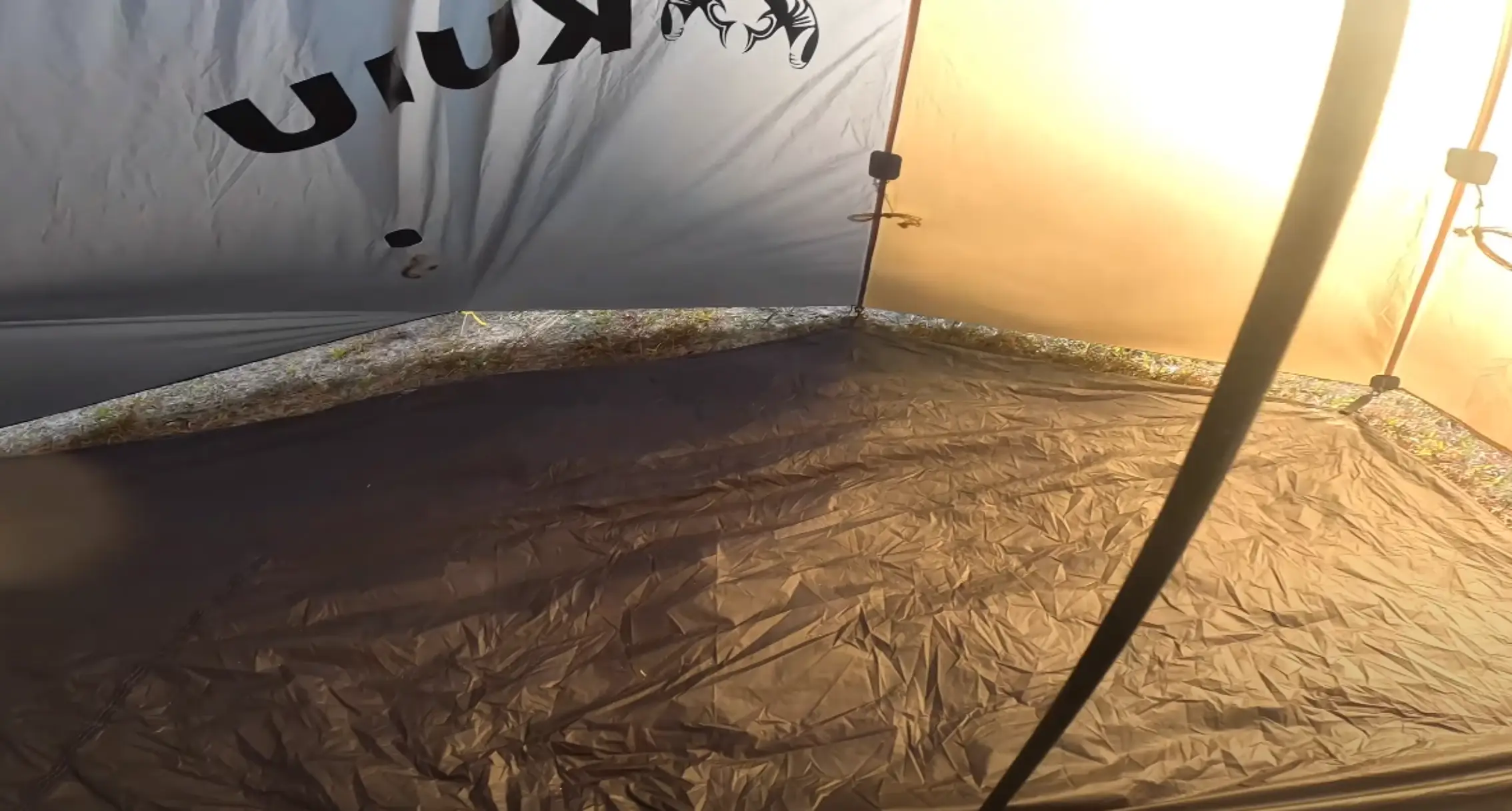
A ground cover tarp protected my tent from moisture, dirt, and other outdoor elements that could have damaged it. Here are six reasons I used a ground cover tarp for my tent:
Protection from Moisture
Protection from Moisture was one of the biggest enemies of my tent. When it rained, or the ground was damp, water would seep into my tent through the floor. A tarp I placed under the tent prevented moisture from being absorbed by the tent’s bed and kept the interior dry.
Increases the Lifespan of Your Tent
Increased the Lifespan of my tent by placing a tarp under my tent, the tent floor was protected from abrasions caused by rocks, twigs, and other sharp objects, extending the lifespan of my tent.
Insulation for Your Tent Floor
Insulation for My Tent Floor A tarp under the tent also provided a layer of insulation, which helped to regulate the tent’s temperature. The tarp maintained a constant temperature, regardless of the ground conditions outside, resulting in improved comfort levels.
Prevents Damage from Rocks and Debris
Prevented damage from rocks and debris rocks, twigs, and debris on the ground could puncture or damage my tent floor. I put a tarp under my tent, which provided a protective layer, preventing any damage to my tent.
Easy to Clean
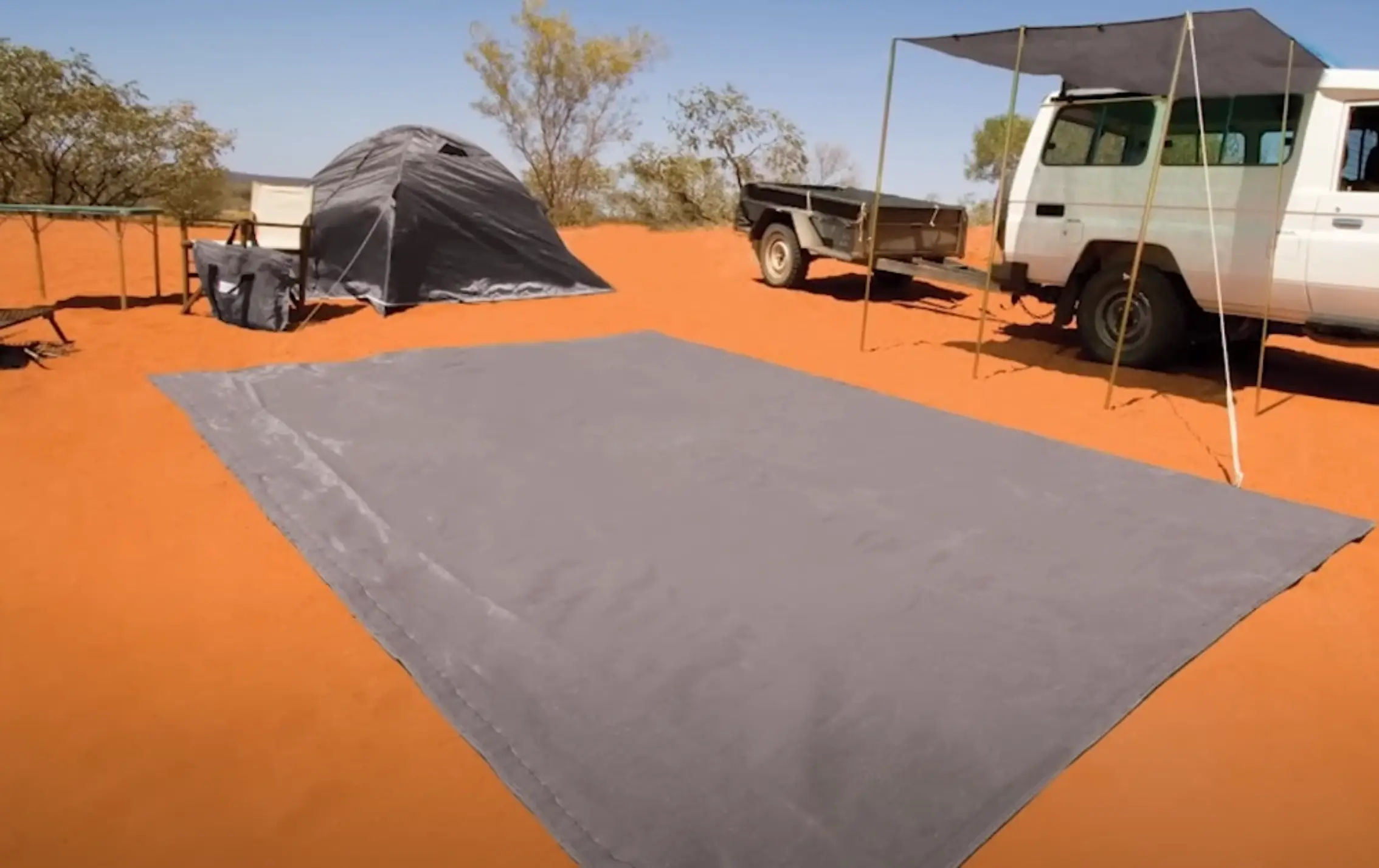
Easy to Clean When I placed a tarp under my tent, I could easily clean it after dismantling it. I simply swept or shook off any dirt or debris and packed it away with the rest of my camping gear.
Reduced Noise
When I planned to camp in an area with much foot traffic, I found a tarp was a great way to reduce noise. Believe it or not, the tarp helped muffle footsteps and other sounds, making it easier for me to sleep through the night.
Conclusion
Camping was a fun and rewarding activity that gave me a much-needed break from my daily life. But before I headed out into the wild, it was essential to take some precautions and ensure that my sleeping area was comfortable and safe.
I protected my tent from moisture and dirt by following these simple steps and having an enjoyable camping experience. I chose the perfect size and material for my tarp, placed it on an even, flat surface, and secured it well with stakes. So, the next time I plan a camping trip, I don’t forget to cover my tent with a tarp.
FAQs
How Do You Secure a Tarp To The Ground?
There are several ways to secure tarps – ropes, pegs, bolts, weights, digging deep into the ground, and backfilling with heavy-duty tarps. When the Tarp is reserved, the contents under it are protected, and the Tarp itself doesn’t get damaged.
